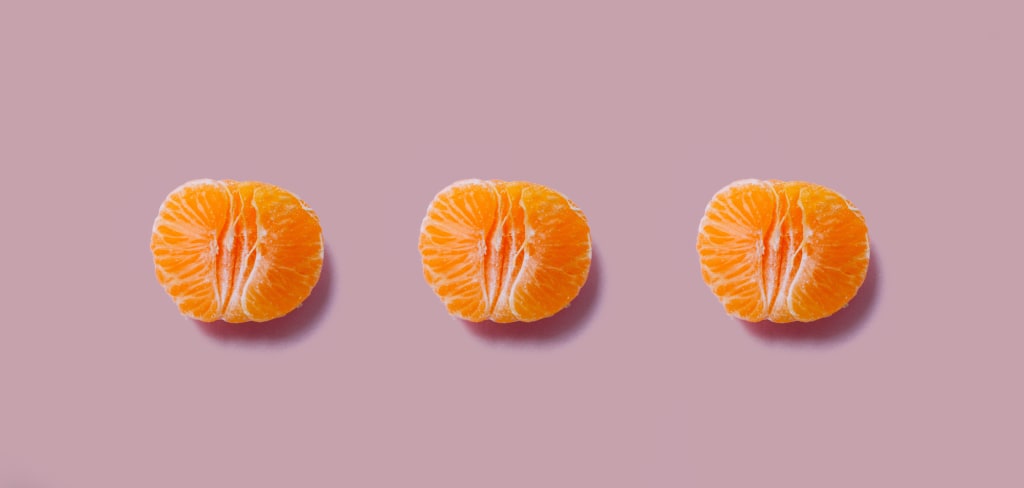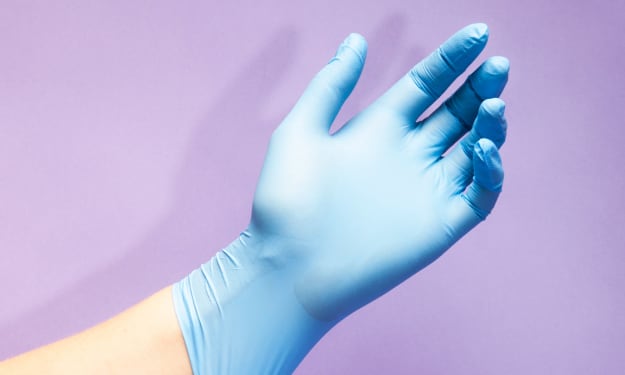11 Things You Didn’t Know About Women’s Hygiene
Everything you need to know about tampons, pads, and menstrual cups, and their effects on your body.

Menstrual Hygiene Day brings to light the importance of feminine hygiene, and therefore brings attention to all the women around the world who may not have access to the hygiene products they need to be healthy and comfortable. As a woman living in America, I often think about how privileged I am in many ways, but I don’t think often enough about those women who don’t have these basic necessities. I hardly ever think about the fact that I am so privileged to be able to have my choice of what kind of hygiene product I will use, while some women do not have any options at all, let alone enough to get them through their cycle. Many girls in developing countries do not even have access to accurate information regarding feminine hygiene. There are brands out there who are on a mission of good, brands like Intimina who will educate people on women’s hygiene products and even donate proceeds and products to someone who needs it.
In celebration of Menstrual Hygiene Day, let’s take a look at some of the facts surrounding women’s hygiene.
Tampons were a game changer for women’s hygiene when they first came out. Prior to this year, menstruation restricted a woman’s daily activities. The goal of good hygiene products is for women to go on with their regular lives, and forget that their period is going on. Feminine hygiene products continue to improve as a result of this. The first menstrual cups were made of rubber, and have now evolved to being made of silicone, making them much easier to insert. Innovative brands like Intimina are now even producing cups that can be rolled as thin as a tampon for easy application, like the Lily Cup Compact, which is collapsible so that it can easily fit into your pocket or wallet.
Not all tampons are equal.
Did you ever notice that your box of tampons or pads likely does not come with an ingredient list? Most tampons are made of a combination of cotton and rayon. Recently, attention has been drawn to the ingredients in tampons, and some new companies are producing 100 percent organic cotton tampons because of the side effects that other ingredients may be having on women’s bodies. The FDA assures us that ordinary tampons contain only very low levels of a very toxic chemical dioxin, but that still doesn’t make you feel great about something you are putting inside your body and leaving there for up to eight hours, does it?
You probably spend around $1,800 on tampons in your lifetime. A large box of tampons costs around $10 to $13, depending on where you live. For most women, it is a necessary purchase that they will make each month or every other month for around 30 years. Menstrual cups can also be expensive; however, when you think about the fact that they are slightly more than the cost of two boxes of tampons and last around five years, the cost may average out to be, relatively, much less expensive.
The tampon tax has been a hot button issue in the last few years, with women arguing that we should not need to pay a tax on these essential women’s hygiene products as if they were a luxury. However, no changes have been made to this law yet, and I get the feeling we should not hold our breath waiting for one.
Of all the women who have access and use feminine hygiene products, 98 percent of women use either tampons or pads, pads being most common. For some women around the world without access to clean water, disposable products might be preferable to reuseable options; however, women in developing countries cannot usually afford feminine hygiene products. That said, they aren’t the only ones that have this problem.
Personally, I think this is a form of habit. Most women are first exposed to pads when they get their first period, and might be hesitant to try something new. When I was younger and first started using pads, I was afraid of switching to tampons, for fear of the unknown, and I think that is how some people feel about menstrual cups. However, I found that after switching to tampons, I would never go back to using pads. Then, the same thing happened after trying menstrual cups, and I think a lot of women would feel the same way about them too. For first time users, Intimina has the Lily Cup One, which is the perfect starter cup for someone new to the environmental-saving game. It is not too late to make a change that is most comfortable for you and is the best option ecologically.
Disposable hygiene products are not sustainable.

Menstruation is a blessing and a curse of womanhood. After puberty, the curse begins, and goes on for most of our adult lives. As a woman, we think, “This really sucks for me.” However, we often fail to think about the long-term effects on the planet having to use disposable women’s hygiene products has. We suffer through the few days or week that our period goes on for, and then forget about it until next month. However, used women's hygiene products cause extensive damage to the environment. Just think about that $1,800 dollars a woman spends on tampons, pads, and cups. That equals around 11,000 tampons in her entire lifetime. Making the change from disposable to reusable hygiene products is a small change we can make in our lives that will actually affect the planet for years to come at no discomfort or extra cost to you.
Your tampon will live centuries longer than you.
It might be unpleasant to think about, but tampons and pads are not compostable. They take literally over 100 years to breakdown. On the other hand, menstrual cups are made of materials that can be recycled. This is something that never occurred to me until I decided to dig a little deeper into what I was putting into my body.
The plastic from tampon applicators is a large contributor to global warming.
I know that everything causes global warming, so you are probably thinking, “Why are tampons getting the blame?” It isn’t fair, but it’s true. The fact is, by increasing awareness of the products that negatively affect the environment, we can make an informed decision about if we want to continue using them or not. The type of plastic used to make tampons and pads requires a large amount of fossil fuels to produce, contributing to a large carbon footprint. At the end of their use, many used tampon applicators turn up in the ocean, and eventually will be consumed by ocean life.
Many women hold the belief that tampons are “cleaner” than menstrual cups because they are disposable; however, that may not be true. When fluids are released into the air, a certain smell can form that has the potential to be unpleasant. When using menstrual cups, fluids are kept inside the body, therefore preventing a smell from forming. Tampons also absorb all of the fluids from inside your body, and hold them in there, allowing for bacteria to grow in some cases. When a tampon is removed and all of those fluids are removed with it, some of which are supposed to stay there, it can throw off your natural pH balance. Needless to say, innovative products like menstrual cups are actively taking steps to make sure that is another problem do not have to endure. The best part about that, too, is that Intimina will donate a cup in your name when you purchase one, ensuring someone else lives the healthy lifestyle you’re opting for, for years to come!
Feminine hygiene washes are typically not necessary or healthy.

To me, this one is a little obvious; however, since I continue to see those products on the shelves of supermarkets and pharmacies, I assume that many women are unaware of this fact. Your vaginal pH balance is a very delicate equation, and your vagina is a self-cleaning organ that certainly doesn’t need any synthetic products to help it along. It is not necessary to purchase any kind of cleanser; typically, these products will do more harm than good.
There is a stigma about certain hygiene products worldwide.
Even in America, we call it the “time of the month” or any other series of nicknames. The reason for this is because people are uncomfortable discussing periods at all. One study found that in just 10 languages, people have 5,000 words to refer to periods. In some parts of the world, women are completely ostracized during their period, and tampons and menstrual cups are not accepted; and therefore, are not used. Societies of the world have progressed in so many ways; however, this is not one of them. Not talking about menstruation is not going to make it go away, and that’s a fact you can take with you anywhere you go.
Two out of three American women living in poverty cannot afford tampons or pads.
Many of us are aware that women in developing countries do not have access to sanitary products. It is usually surprising for people to learn, though, that this issue is common in places like the UK and America as well. Many women in the US reported skipping work due to lack of access to sanitary products. This is a problem that has been going on for too long, and although many charities have made efforts to donate products, the problem persists. Luckily, there are ways for you to help others while you help yourself!

Make the Bloody Good Pledge
You can join Intimina’s sisterhood and pledge with blood for a better period future – by switching to reusable. We are constantly throwing away garbage. We made the switch to reusable water bottles, instead of disposable ones; however when it comes to feminine hygiene products, many women are hesitant. Why? By making the change to reusable hygiene products, you can make a substantial difference for the world. And the people who live in it.
About the Creator
Jules Fortman
Modern feminist making moves one pink hat at a time.








Comments
There are no comments for this story
Be the first to respond and start the conversation.